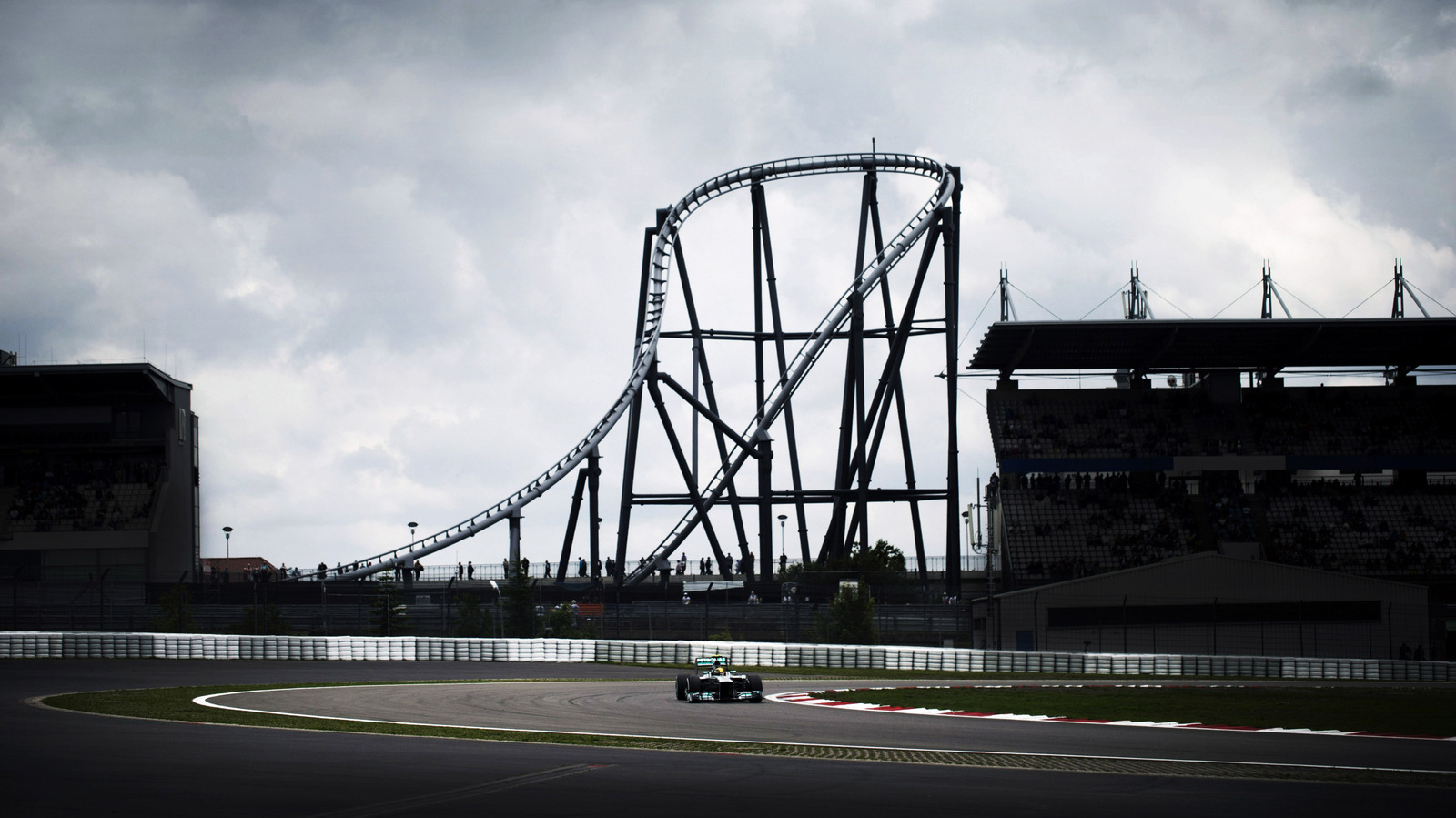Why Did the Nürburgring’s Ring Racer Roller Coaster Never Live Up to the Hype?
When the Nürburgring announced Ring Racer back in 2007, the buzz was electric. Imagine a roller coaster that would rocket you along the edge of one of the world’s most legendary racetracks, promising speeds that would leave even seasoned thrill-seekers breathless. The goal? To build the fastest roller coaster on the planet. But as the years ticked by, Ring Racer became less a symbol of innovation and more a cautionary tale about overambition and technical headaches.
So, what went wrong? For starters, the technology behind Ring Racer was cutting-edge—on paper. The ride was supposed to launch riders from zero to 135 mph in just over two seconds, using a pneumatic launch system similar to what you’d find on aircraft carriers. But that much power comes with serious risks. During early test runs, the system’s sheer force caused repeated mechanical failures, and in one incident, debris from the launch system injured several people. Safety regulators stepped in, and the ride’s opening was delayed again and again.
How Did Technical and Financial Challenges Derail the Project?
It wasn’t just the engineering that ran off the rails. The project’s costs ballooned far beyond initial estimates. Construction delays, redesigns, and the need for additional safety measures all added up. According to reports from German business outlets, the total cost of the Ring Racer project soared to over €12 million—double what was originally planned.
Meanwhile, the Nürburgring itself was facing its own financial crisis. The entire complex, including the racetrack, hotels, and entertainment facilities, was part of a massive redevelopment effort that ultimately pushed the Nürburgring into insolvency by 2012. The roller coaster, which was supposed to be a crown jewel, became a symbol of the entire project’s excesses.
Was Ring Racer Ever Open to the Public?
Technically, yes—but only for a blink. After years of delays, Ring Racer finally opened to the public in 2013, but it operated for just a few weeks before being shut down again due to persistent technical issues. Riders reported that the experience was underwhelming compared to the hype, with the coaster often running at reduced speeds for safety reasons. In the end, the ride was closed permanently, and the coaster sat dormant for years—a silent monument to what might have been.
What’s Involved in Dismantling a Failed Mega-Project Like This?
Taking down a roller coaster isn’t as simple as grabbing a wrench and going to work. The Ring Racer’s structure is massive, with hundreds of tons of steel track and supports woven around the Nürburgring’s grandstands. Specialized crews have to carefully disassemble each section, often working at heights and in tight spaces. Safety is paramount, especially given the ride’s troubled history.
There’s also the question of what happens to all that steel. In many cases, parts can be recycled or sold to other amusement parks, but given Ring Racer’s unique design and checkered past, it’s unlikely much will find a new home. Most of it will probably be scrapped.
What Lessons Can Other Parks and Developers Learn From Ring Racer?
If there’s one thing the Ring Racer saga makes clear, it’s that ambition needs to be balanced with realism. Pushing the boundaries of technology is exciting, but safety and reliability have to come first—especially when you’re dealing with the kind of forces involved in a high-speed launch coaster. It’s also a reminder that even the best ideas can falter if the financial foundations aren’t solid.
Industry experts often point to Ring Racer as a case study in what not to do. According to the International Association of Amusement Parks and Attractions (IAAPA), more than 90 percent of new ride projects that experience significant delays or cost overruns never recoup their investment. The Nürburgring’s experience is a textbook example.
Could the Ring Racer Have Succeeded With a Different Approach?
It’s tempting to wonder if things could have turned out differently. Maybe a more conservative design, or a phased rollout that allowed for more thorough testing, would have given Ring Racer a fighting chance. Some engineers have suggested that a magnetic launch system—like those used on several successful modern coasters—might have been safer and more reliable than the pneumatic approach.
But hindsight is always 20/20. What’s clear is that the desire to make headlines sometimes overshadows the need for careful planning and execution.
What’s Next for the Nürburgring and Its Fans?
With Ring Racer coming down, the Nürburgring is turning its attention back to what it does best: motorsports. The track remains a mecca for racing fans and car enthusiasts from around the world. And while the roller coaster may be gone, the lessons it leaves behind will shape future projects—at the Nürburgring and beyond.
The big takeaway? Chasing records isn’t about perfection—it’s about smarter adjustments. Start with one change this week, and you’ll likely spot the difference by month’s end.


